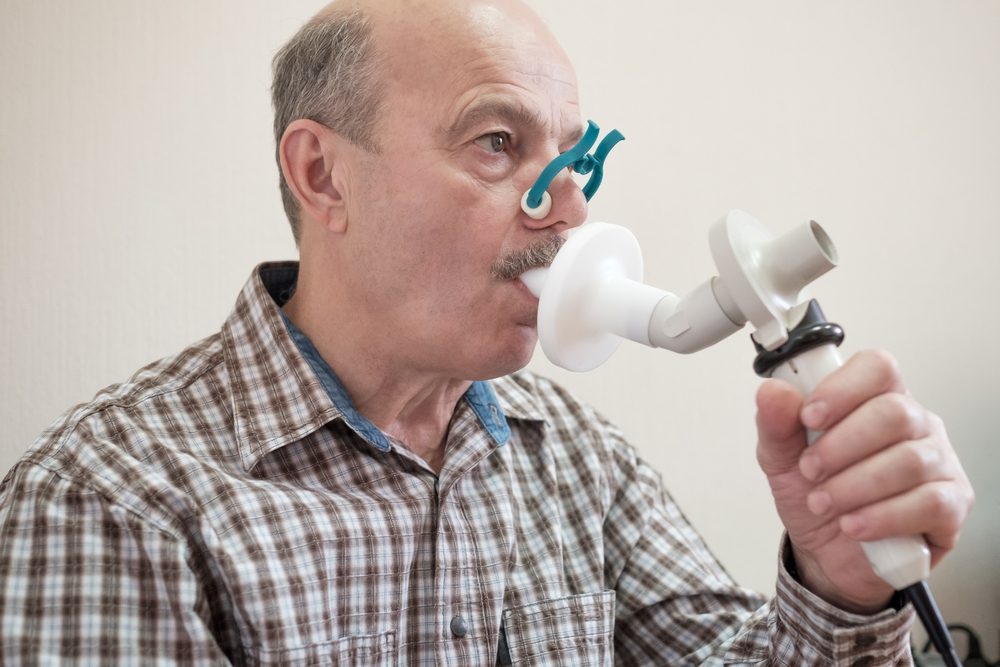Pulmonary function tests (PFTs) help your doctor determine what is causing your lung and respiratory problems. They are simple and can be performed in your doctor’s office. Let’s take a look at some of the most frequently asked questions about pulmonary function testing.
What is PFT?
Pulmonary function testing includes diagnostic procedures that allow your provider to detect or rule out medical conditions that affect your lungs. Numerous lung function tests are available at Greenbrook Medical to diagnose lung conditions and help your provider develop an effective treatment.
This test is noninvasive and is used to measure the following:
- Lung volume
- Lung capacity
- Rates of flow
- Gas exchange
This will help your practitioner determine what treatments and further steps are required for your lungs.
Why might I need PFT?
If your provider suspects you have asthma, COPD, emphysema, bronchitis, allergies, or other conditions that affect your lungs and breathing, you’re likely a candidate for pulmonary function testing. Your provider could recommend completing pulmonary function tests if you struggle to get a full breath (especially during exercise), wheeze, or have shortness of breath.
Is PFT right for me?
To find out if you’re a candidate for pulmonary function testing, your doctor reviews your symptoms and medical history. They check your weight, body mass index (BMI), blood pressure, pulse, and other vital signs. Your provider also listens to your breathing and completes a comprehensive physical exam.
What do pulmonary function tests measure?
During pulmonary function testing, your provider measures how well your lungs work. They measure airflow rates, gas exchange, lung capacity, lung volume, and more to get a better picture of the type and severity of lung disease you may have.
Common lung function tests include peak flow tests that measure how hard you breathe out and spirometry tests that determine how much air you can exhale after taking a deep breath.
Spirometry also measures how fast you’re able to breathe out. Numerous other pulmonary function tests are available at Greenbrook Medical based on your personalized needs.
What happens during pulmonary function testing?
During PFT at Greenbrook Medical, you breathe into specialized devices. The tests aren’t painful and don’t take long. You might breathe into a lung-function device before and after using a medication called a bronchodilator. After the procedure, your Greenbrook Medical doctor could recommend undergoing other diagnostic testing, such as chest X-rays or blood tests. They might suggest you take medications, use an inhaler, try supplemental oxygen, or undergo other breathing treatments that reduce symptoms of an illness or disease.
If you find that you are struggling to get afull breath during exercise or even when you are at rest, you might need to get your lungs tested. At Greenbrook Medical, we can help. We offer pulomnary function testing (breathing tests) to determine if you have a respiratory infection, asthma, bronchitis, chronic lung issues, or chronic obstructive pulmonary disease (COPD).
To learn more about our pulmonary function testing at Greenbrook Medical, call the office nearest you or request an appointment online today.






